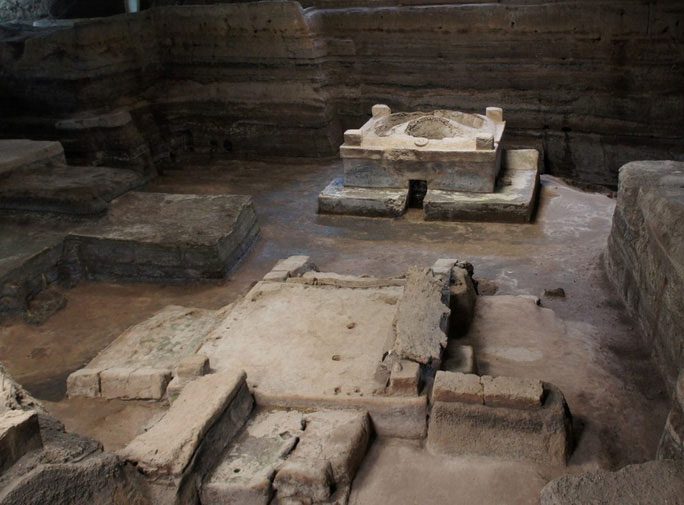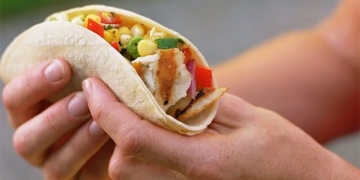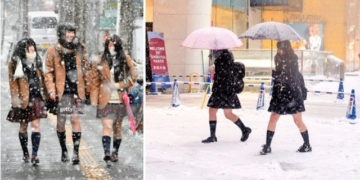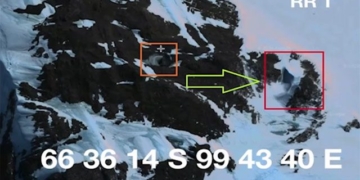A utopian world where time stood still for 15 centuries, revealed from a land reclamation project in 1970. To this day, the mysteries surrounding it continue to unfold layer by layer through scientific exploration.
According to Heritage Daily, new structures of the ancient village known as Joya de Cerén have been uncovered, bringing the total number of major structures defining the ancient village to 18, along with various auxiliary buildings, sufficient for a population of 200 to thrive in a timeless comfort.
The local government of La Libertad in El Salvador, where the Joya de Cerén site is located in the Zapotitán Valley, is conducting a series of studies that have partially removed the layer of ash covering the ancient village, reconstructing many buildings and civic squares, religious structures for community festivals, as well as numerous houses and farms.

A section of the ancient village revealed. Scientists suspect that the scale of this prosperous village may be even larger and that further excavations are needed – (Photo: Mario Roberto Durán Ortiz)
The findings indicate that the ancient village excelled in producing various fibers and ceramic vessels, while also favoring the import of precious stones such as jade, cat’s eye stone, and high-quality ceramics from the nearby Maya city of Copán.
Dating back to around 500 AD, this prosperous village was preserved intact due to being covered by a layer of volcanic ash that suddenly fell, causing time to seem suspended and perfectly preserving many organic materials still found in animal utensils, seed and food containers, woolen carpets, animal remains, and ritual artifacts that would have deteriorated over 15 centuries.
As a result, the site has been nicknamed the Pompeii of El Salvador, but unlike Pompeii, it contains no human remains.
Geological studies of the area indicate that before the eruption occurred, a strong earthquake measuring 4 on the Richter scale shook the village. This disaster turned out to be a stroke of luck. The villagers had “fled with their belongings” just before the catastrophic volcanic eruption, thus no one lost their life.
The fields of corn, guava, and cacao have also been preserved to such an extent that scientists are reconstructing details about the agricultural techniques of these ancient Maya farmers.





















































